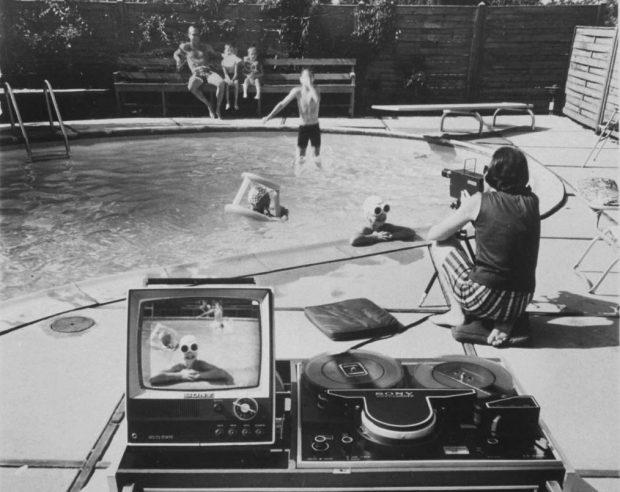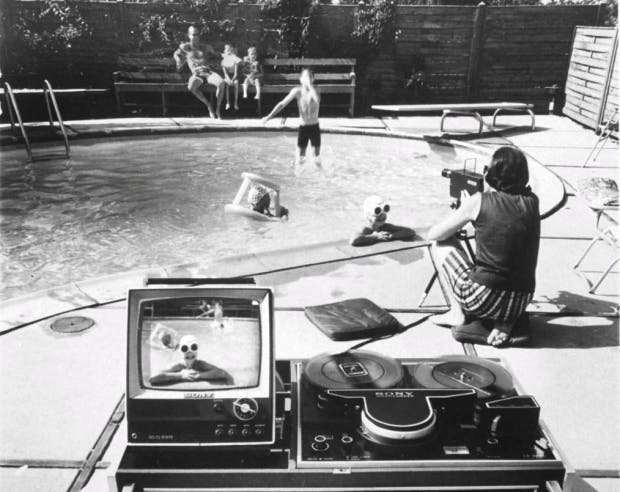It was dinner at a prize-winning hotel in Burgundy. I looked, stupefied, at an awkward arrangement of trapezoidal plates, unaccommodating to food and unergonomic to both eater and plongeur. There was a water glass of triangular section and silly cutlery that would bring even Philippe Starck’s most empurpled morphological fantasies into the arena of commonsense. I thought wistfully about the simple charm of the old Duralex glass. The timelessly perfect round-shouldered Burgundy bottle’s unaffected handsomeness only served to make its table-top companions look all the more ridiculous.
Modern France is in a terrible state as far as design is concerned. Renault’s peerless record of ingenuity is gone: it has not produced a worthwhile innovation for nearly 20 years. Anyway, who sold us the idea of French superiority in taste in the first place? Why do we continue to beat ourselves up about a presumed inferiority in matters of style and design? Has anyone stopping for a brackish coffee on the A26 autoroute been able to maintain any delusion of French grandeur?
Grandeur aside, many of our words calibrating the leagues of snobbery are French in origin: hauteur, arriviste and parvenu, for example. And looming large is the idea of goût. In France, the word for taste ceased to suggest merely a sensation in the mouth, and went through a metaphorical change.
The objet du goût was a project by Jeanne Antoinette Poisson, who translated furniture and china into tools of social aspiration, what economists call positional goods. The ambitious Poisson had hunted down Louis XV. Once captured, the King gave her an estate at Pompadour south-east of Paris and thereafter Poisson was relaunched as Madame de Pompadour. She posed as a pink and fleshy Venus for Boucher, had Ange-Jacques Gabriel design Le Petit Trianon and filled Versailles with fresh flowers daily.
Her Paris house was the Hotel d’Evreux, now the Elysée Palace. Royal and later diplomatic associations made Pompadour a tastemaker and Looey Cans became a gold — or rather gilt — standard in respectability. Le Goût Rothschild — arrivistes to a man — confirmed this. And, in the United States, the pioneer decorator Elsie de Wolfe, working for Henry Frick, introduced new American money to old French furniture.
A bond was formed in the imagination between French furniture and sophistication, or, at least, ambition. And the influence of French taste reached into the 20th century in the sumptuous furniture of Ruhlmann and Eileen Gray. Even the demonised Le Corbusier offered bon goût seen through a modernist prism: his Grand Confort armchair would have been a splendid prop for the plumply nude Pompadour. To this categorical dominance in furniture was added another assumed leadership, this time in food. Elizabeth David’s persuasive myth about France and French country life was cheerfully adopted, adapted and promoted by Terence Conran. A lunch in the sun with baguettes and terrines became the beau ideal — indeed, an idée fixe for two generations.
Until now. It is a long time since a French restaurant has led the field. The academic rigidity of haute cuisine has ceded any advantage to Catalan, Basque and Nordic molecular experiments or high-concept foraging. And amateur cooks today much prefer Italian and Spanish recipes. True, there has been talk of a fitful revival of French cooking in the bistronomie movement. But at a bistronomie outpost in Orange I was served shredded carrot with air-freighted Scottish salmon. I could have eaten better in Stoke-on-Trent. Even Conran, citing his pisciniste’s aggressive fees, has sold his Provençal mas. Alain Passard, a chef once celebrated, now rather ignored, has ruefully suggested it is time to cultiver son jardin.
This all came to mind when, to sauce dull January, I decided to spend a few days within two hours’ drive of Calais. The three attractive hotels I know thereabouts — including the little auberge where Elizabeth David stayed while writing French Provincial Cooking — were all closed and those remaining open were all depressing. What was on offer was not even vulgarly enthusiastic Kitsch. Instead, all was lazy and complacent mediocrity.
Boulogne’s best hotel? A box of horror with panic-inducing velour banquettes under bad lighting. This last an advantage, since it meant that the wince-makingly cute graphics were less obvious. A lazy and artless menu further dismayed. The sole concessions to dignity? Free wi-fi and soundproofed rooms, refuges of the scoundrel hotelier.
We mock gastropubs, but any English town would have something better. So we decided not to go to northern France, but rather to stay at home. We have better design (and better food) here.
The post Mauvais goût appeared first on The Spectator.
Got something to add? Join the discussion and comment below.
Get 10 issues for just $10
Subscribe to The Spectator Australia today for the next 10 magazine issues, plus full online access, for just $10.













Comments
Don't miss out
Join the conversation with other Spectator Australia readers. Subscribe to leave a comment.
SUBSCRIBEAlready a subscriber? Log in